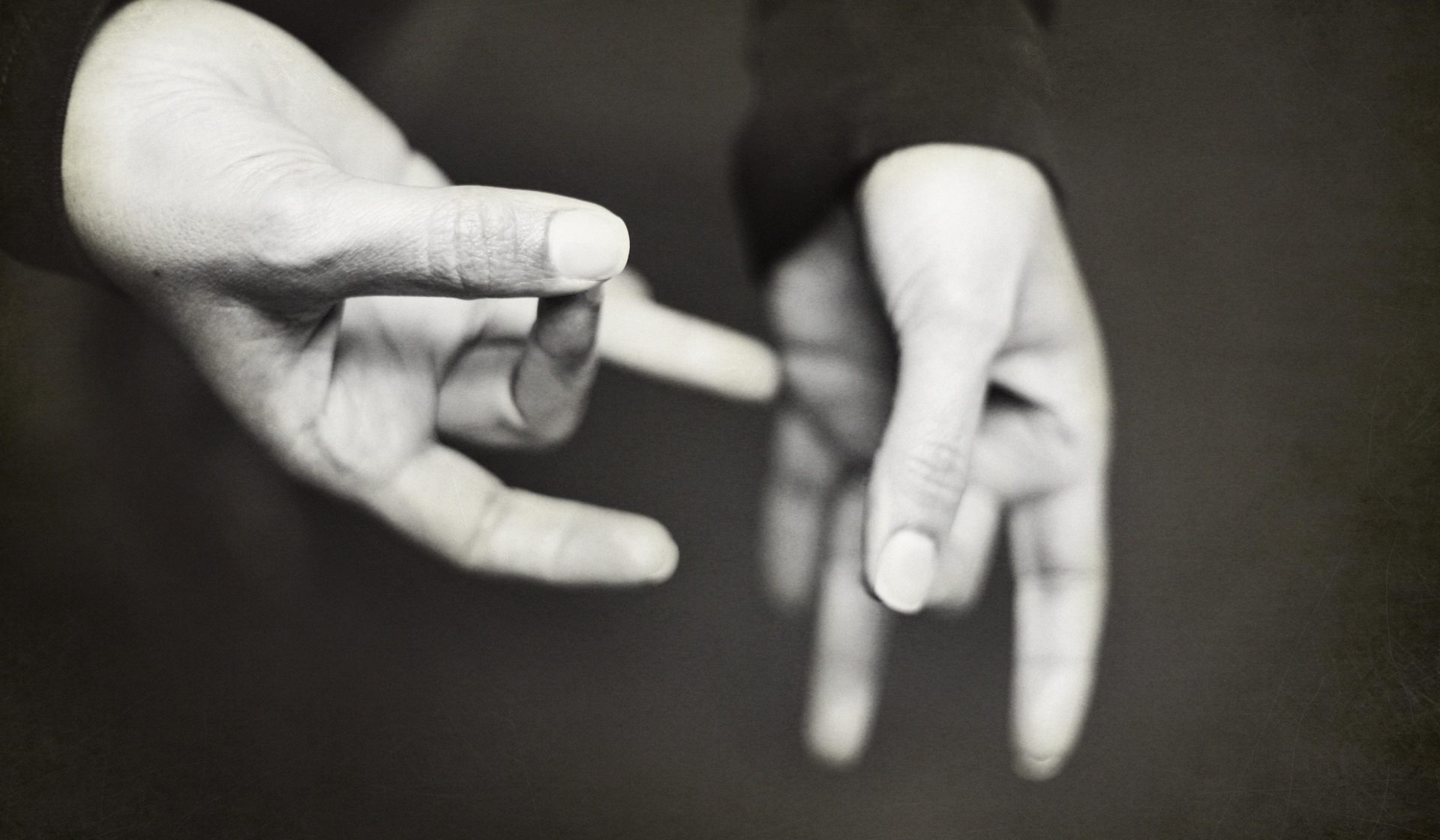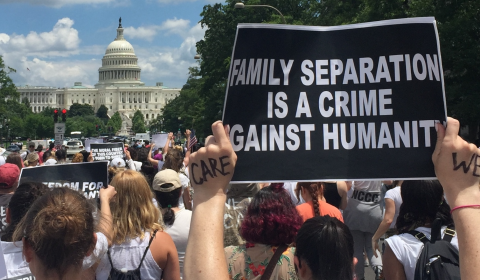A missing 16-year-old girl was rescued in the US after using hand signals that went viral on TikTok to show she was in danger. How are these platforms’ users raising awareness and working to prevent violence against womxn?
Last week, a teenage girl reported missing in the US was seen waving through the window of a car 200 miles from her home.
Though the observing passer-by didn’t recognise her, they did clock that it was no ordinary wave. It was a distress signal recently popularised by TikTok – one that prompted the motorist to raise their suspicions with authorities and ultimately have her rescued.
‘The complainant was behind the vehicle and spotted a female passenger making hand gestures that are known on social media to represent violence at home,’ reads a statement from the Laurel County Sheriff’s Office.
‘We don’t know how long she had been doing this to other motorists hoping that they would notice she was in distress, but finally someone did.’
Created by the Canadian Women’s Foundation for those seeking to discreetly indicate they are at risk of abuse and need help, the victim holds one hand up, palm faced outward. They then tuck in the thumb and close their fingers over the top.

It combines sign language, domestic violence, and gender equality to adequately convey the foundation’s message.
‘Speaking to a hidden issue, it’s important because it’s non-verbal and powerful regardless of language and culture,’ explains CEO Elizabeth Barajas-Roman.
She advises that anyone who sees the signal should not necessarily immediately dial 999, but instead reach out carefully, if possible, to the person who used it.




















